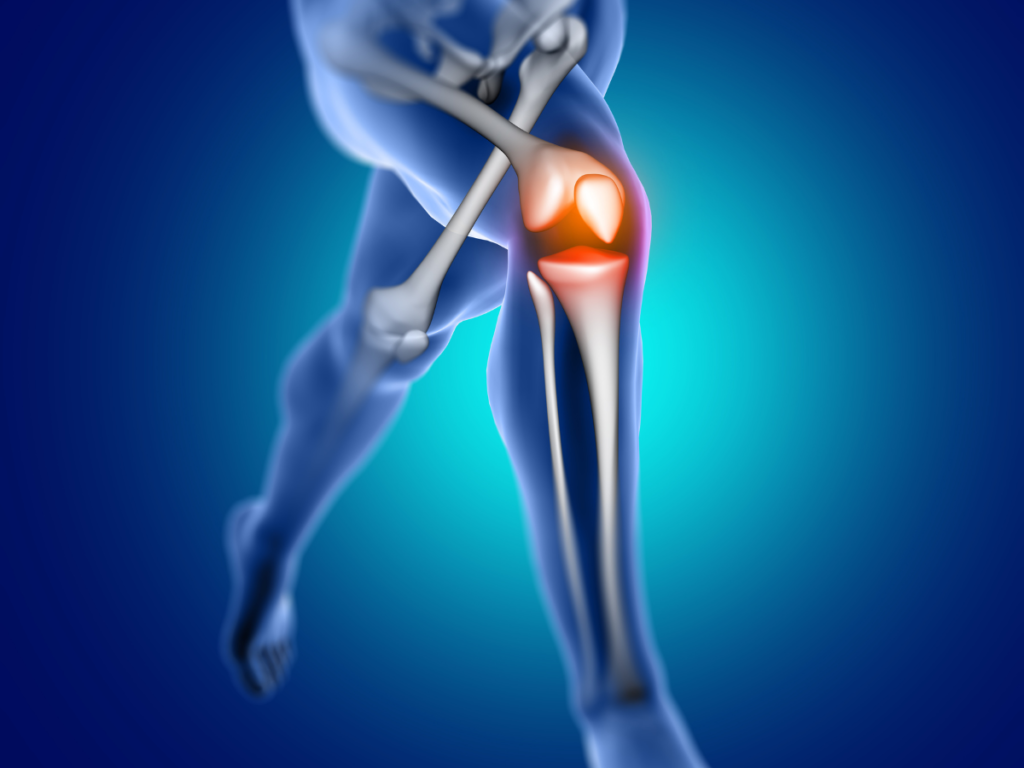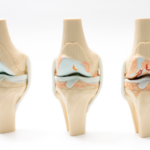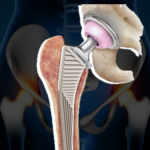
In recent years, the field of orthopedic surgery has witnessed a transformative shift in the way knee replacement surgeries are performed, owing to the integration of robotic technology. This groundbreaking innovation has revolutionized the traditional approach to knee replacement procedures, offering numerous benefits in terms of precision, accuracy, and patient outcomes. Robotic-assisted technology has emerged as a game-changer, empowering surgeons with advanced tools to optimize surgical planning and execution. This article aims to delve deeper into the manifold benefits that robotic technology brings to knee replacement surgery.
- Enhanced Precision and Accuracy:
One of the primary advantages of employing robotic technology in knee replacement surgery is the unparalleled precision it offers. Robotic systems utilize advanced imaging techniques, such as CT scans or MRIs, to generate three-dimensional models of the patient’s knee joint. This detailed mapping enables surgeons to create a personalized surgical plan tailored to the patient’s anatomy, allowing for precise implant placement and alignment.
Robotic-assisted procedures provide real-time feedback to surgeons, allowing them to make minute adjustments during the surgery for optimal positioning of the prosthetic components. This precision plays a pivotal role in improving the longevity of the implant, reducing the risk of complications, and enhancing overall functional outcomes for patients.
- Customized Surgical Planning:
Robotic technology facilitates personalized and meticulous preoperative planning. Surgeons can meticulously assess the patient’s joint structure, identify deformities, and map out the optimal surgical approach using computer-assisted planning software. This level of customization allows for the creation of a tailored surgical strategy, ensuring that each procedure is uniquely adapted to the patient’s specific needs.
Furthermore, the ability to simulate the surgery beforehand helps surgeons anticipate potential challenges and devise strategies to address them, contributing to a more efficient and effective surgical experience.
- Minimally Invasive Techniques:
Robotic-assisted knee replacement surgery often enables surgeons to employ minimally invasive techniques. With the aid of robotic systems, surgeons can make smaller incisions while maintaining accuracy and precision during the procedure. Minimally invasive approaches typically result in reduced trauma to surrounding tissues, minimized blood loss, faster recovery times, and decreased postoperative pain for patients.
- Improved Outcomes and Patient Satisfaction:
The integration of robotic technology in knee replacement surgeries has demonstrated a positive impact on patient outcomes and satisfaction rates. Studies have shown that patients undergoing robotic-assisted procedures experience better functional recovery, increased range of motion, and reduced complications compared to conventional surgeries. The enhanced accuracy in implant placement also contributes to reduced wear and tear, potentially leading to improved implant durability and longevity.
Additionally, patients often report higher satisfaction levels due to reduced postoperative pain, quicker rehabilitation, and faster return to daily activities and work.
- Surgeon Expertise and Confidence:
Robotic systems act as invaluable tools that augment a surgeon’s skills and expertise. These technologies provide real-time data and intraoperative guidance, allowing surgeons to perform complex procedures with increased confidence and accuracy. The intuitive interface of robotic platforms enhances the precision of movements, enabling surgeons to execute intricate tasks more effectively.
Moreover, robotic-assisted surgeries offer a learning environment where surgeons can continuously refine their techniques and expand their proficiency, ultimately benefiting patients through improved surgical outcomes.
Summary:
The integration of robotic technology in knee replacement surgery represents a remarkable advancement in orthopedic care, offering a myriad of advantages ranging from enhanced precision and personalized planning to improved patient outcomes and surgeon expertise. As this innovative technology continues to evolve, it holds the promise of further refining surgical techniques, optimizing patient care, and shaping the future landscape of orthopedic surgeries. The ongoing advancements in robotic-assisted knee replacement procedures underscore its pivotal role in revolutionizing the field and ensuring better outcomes for patients worldwide.
Dr. Saurabh Giri, a pioneer in orthopedic surgery, has been at the forefront of embracing and advancing robotic technology in knee replacement procedures. His expertise and dedication to leveraging robotic-assisted techniques have not only revolutionized surgical methodologies but have also elevated patient care standards. Dr. Giri’s commitment to innovation and his relentless pursuit of excellence have played a pivotal role in optimizing surgical outcomes and shaping the future of orthopedic surgeries.
As robotic systems continue to evolve and become more sophisticated, they hold immense potential for further refining surgical precision, expanding surgeon expertise, and ultimately benefiting patients worldwide. The ongoing research, coupled with the collaborative efforts of surgeons like Dr. Saurabh Giri, ensures that the integration of robotic technology in knee replacement surgery remains a cornerstone in advancing orthopedic care, promising better outcomes and improved quality of life for patients in the years to come.




